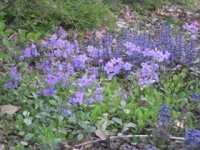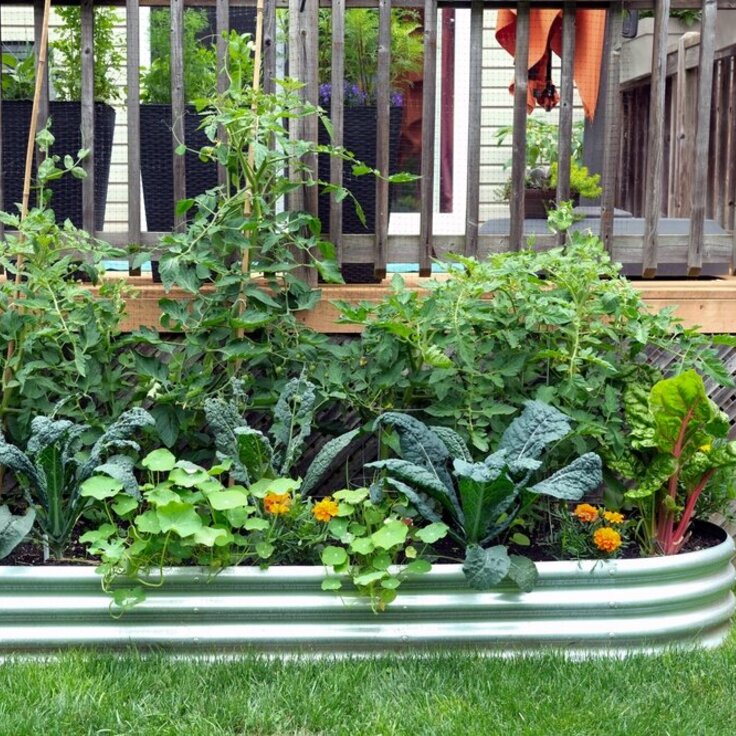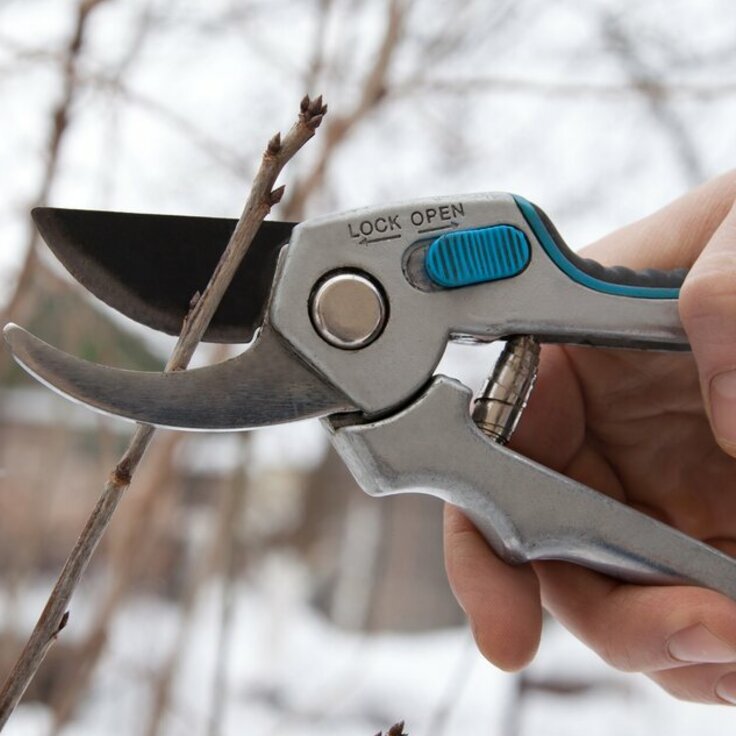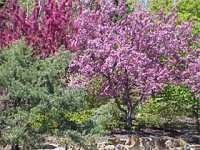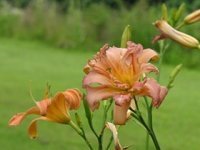Natives in the Winter Landscape
This is a good time to appreciate the shapes and forms of native plants, especially our trees. No doubt, when we first think of native tree, maples, oaks, and dogwood first come to mind, but there are others (or their relatives) that should be considered.
Northern areas may have those stunning white-barked birches, but for much of our region, we have the sycamore (Platanus occidentalis). The handsome, cream-to-olive-colored exfoliating bark is especially handsome in winter when it contrasts with the dark bark of other trees. Growing up to 100 feet tall, it is not a tree for every yard, but if you have the space and a site with deep, moist soil, it is a tree worth considering.
A relative, the London plane tree (Platanus x acerifolia) is widely used as a street tree because of its tolerance to a wide range of conditions. Noted cultivars include 'Bloodgood', 'Liberty', 'Columbia', and 'Yarwood'. In Europe, these are often planted in allees.
A smaller charmer for the landscape is the native sassafras (Sassafras albidum). Ubiquitous in fence rows, sassafras is a delight on close inspection for bearing leaves in three different shapes. Crush these to release a spicy scent. In the fall the leaves provide some of our best seasonal color, but the winter interest is no less appealing. Each of the branches turns upward at the ends, creating a distinctive candelabra effect. Although widely adaptable, sassafras is difficult to transplant unless moved as a small container-grown plant. Group them in the landscape for naturalistic plantings.
Ornamental Grasses
Although ornamental grasses have only been widely used in gardens in the last thirty years or so, it's hard to imagine being without them, especially during the winter. They give texture, dimension, and sound to the winter garden. The native switch grasses (Panicum) are great choices for our region, such as the cultivar 'Cloud Nine'. This plant grows to 6 feet or taller with a veritable froth of seed heads.
Read more here at the National Gardening Association.


